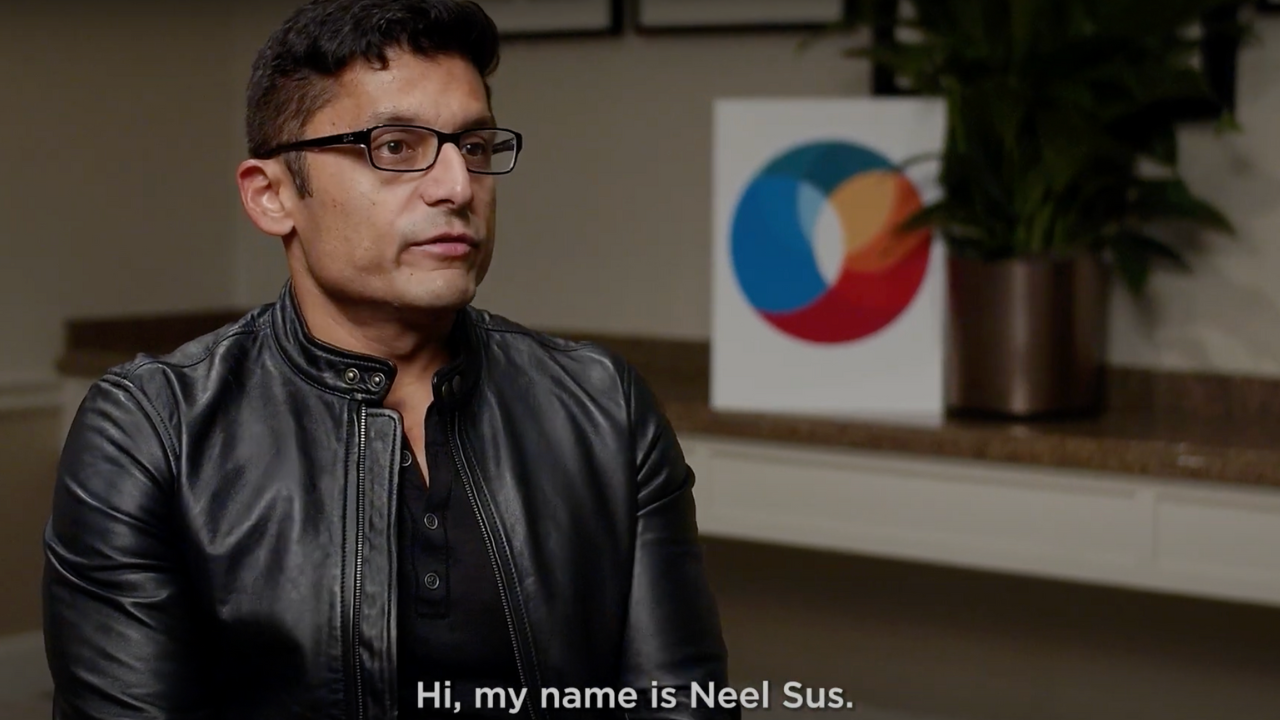In retrospect, we could have seen the crisis coming. There were early warning signs and if we had stopped to do the math, we would have been preparing for this for months. But when it arrived, it did so with incredible speed. There was no ignoring it. There was no business as usual. The shockwaves spreading through the economy threatened a complete collapse of the system. The year was 2008 and the end of the world was neigh.
In the Spring of 2020, we again find ourselves facing a major threat to our businesses, large and small. Some dynamics of this crisis are similar (its suddenness and severity), and some are quite different (social distancing, mandated closures), but as we struggle to cope, and to survive, I want to call our attention to a particularly important case study from 2008 that can help to guide us through in a way that we may emerge stronger on the other side.
At Barry-Wehmiller, a $2B capital goods company with thousands of employees around the world, orders dropped by 35% in the first weeks of 2009. In previous downturns Barry-Wehmiller had not hesitated to “rightsize” itself by laying off workers quickly and without a second thought. But this time, Barry-Wehmiller had invested years in building a conscious culture. As he wrestled with the decision, CEO Bob Chapman knew that this time, “rightsizing” would kill that prized culture. Suddenly, a question came to him:
What would a caring family do if the family was stressed?
The answer came as quickly as the question had: “Everyone would pitch in”.
Chapman decided to try a system of furloughs to help deal with the economic realities of the situation, but in a way that would, he hoped, save every job in the company. He sold the program to his leadership team by asking them to engage their hearts as well as their heads.
Chapman asked them, “How many of you have ever been let go? What does it feel like to walk in your home and tell your family, ‘I was told to clean out my desk by 5:00, I don’t know how we are going to make the mortgage payment, I don’t know how we are going to make our car payments, I don’t know what we are going to do because there are no jobs.’”
The furlough program was implemented with an important twist. Plant by plant, employees were allowed to modify the duration of the furloughs among themselves as long as the plant achieved the necessary savings. That meant that an employee who was financially stable could take additional furlough time to help a colleague for whom the furlough would cause major strain. The program worked, and Barry-Wehmiller weathered the recession without losing a single job. The experience strengthened the bonds of trust between the people at plants around the world, and between employees and management.
In 2010, Barry-Wehmiller came roaring back to life delivering the best year in their history at that time. Chapman credits that fact that they wasted no time in rehiring when the orders returned, and the high morale of a team that had further proof they worked for a company that cared for them like family. This story is now a sacred artifact in the Barry-Wehmiller culture, proof that the company is different.
It is important to note that in 2009, Chapman had no idea when or even whether business would pick back up. He had no guarantee that the furlough program would work. But for him it just felt like the right thing to do.
Returning to the present moment, leaders of businesses of every size face similar choices now. How we respond will affect our teams, our businesses and all of our other stakeholders in many ways. The financial consequences are very real, but so are the consequences to our relationships, and those are not nearly as likely to come roaring back as this crisis passes.
The last crisis taught Chapman a lesson he now considers to be critical: “Who you are is shown in tough times, not good times.”
So who are we? Our handling of this crisis will speak volumes. To help us rise to this moment, I want to offer three things that we may want to focus our teams on right now.
Start with Bob Chapman’s guiding principle: “What would a caring family do? Everyone would pitch in.”
In times of stress, each member of a caring family will pitch in. It is important not to lose touch with the most important part of that principle; the caring. In that context, companies can communicate their needs and make it safe for their stakeholders to do that same. That makes it possible to get through the fear and into a conversation for win-win solutions.
Keep an eye on the long-term opportunity.
In times of crisis, a short-term, scarcity/survival mentality is natural. While there are very real short-term things we must deal with in times of crisis, it is critically important to think beyond the crisis as well. As Chapman reminds us, who we are in crisis is who we are. If a company has a higher purpose, core values, and/or a vision for the world it is trying to create, this is the most critical time to be faithful to those ideals.
Companies that do this well may find that, like Barry-Wehmiller, this moment will be a powerful differentiator, fuling goodwill for decades to come. When the crisis passes (and it will) the teams within these companies will be ready to get straight to work while others struggle to rehire. As word spreads, these companies will likely become preferred by top talent, choice vendors and important community partners.
This is a rosy vision to be sure, but as Barry-Wehmiller discovered in 2009, this is a major opportunity in the crisis.
Communicate with all stakeholders.
While the Barry-Wehmiller example focuses primarily on employees, this crisis will require us to extend that familial care to our customers, vendors, surrounding community and other stakeholders as well. This may require extra time and effort to check in with our stakeholders to find out what their needs are (really) and to share ours as well. The magic of the Barry-Wehmiller furlough program is that it was customizable to fit the real needs of individuals. Can we strive for the same standard?
A personal example
A personal example may provide a valuable case study in real time. Like many other parents, my kids’ school is now closed for three weeks (at least). As it is a private preschool, parents pay tuition to send their children there. Like many of our companies, the leadership team of the school is in a tough spot. They are committed to keeping their teachers on salary during this crisis, but it is not really fair to the parents to ask them to pay tuition for weeks when the school is closed. Looking at this in the short term, there is an unavoidable, ugly tradeoff here. But if we can get in communication with our various stakeholders and extend the timeline a little, new possibilities emerge.
In order to support the school, some families may be willing and able to pay tuition through the crisis, particularly if the school is able to partially or completely repay those families over time or offer other creative benefits once the crisis passes. Other families may be experiencing hardships from health concerns, or lost jobs or wages and a reduction in tuition expenses could make a huge difference for them right now. Similarly, some teachers may need every penny of their salaries to weather the crisis, and others may be in a position to forgo some or all of their pay for a few weeks or months. Until we get in conversation with our stakeholders we don’t know the facts of the situation. Once we know the facts, we can better understand what is possible.
But we may further expand our options by including stakeholders beyond employees and customers as well. If those conversations do not yield a workable crisis budget, the leadership team could engage its energy supplier, financial lenders and other vendors to see if they can defer payment for a few months to help whether the storm and then catch up in the coming year or two. In the case of a lender, an emergency loan with favorable terms might also be a possibility.
To complicate matters further, like all crises, this one is dynamic. Conditions are changing almost hourly. Schools are officially closed for three weeks. What if it turns into eight weeks? What if it’s longer? We don’t know what will happen, and we can’t. All we can do is deal with what we do know, and do our best to stay in communication as the situation unfolds.
In a sentence, the three things Conscious Capitalists can do in a crisis are to care about people, act consistently with our long-term aims and principles, and continually engage our stakeholders to see how we can better meet their needs, how they can better meet ours. Doing those things can dramatically expand our options and build a high degree of trust. That is a significant opportunity in any crisis, and this one is upon us.
For more reading on this, Barry-Wehmiller has developed an insightful decision-making protocol for times of crisis. You can find it here.



